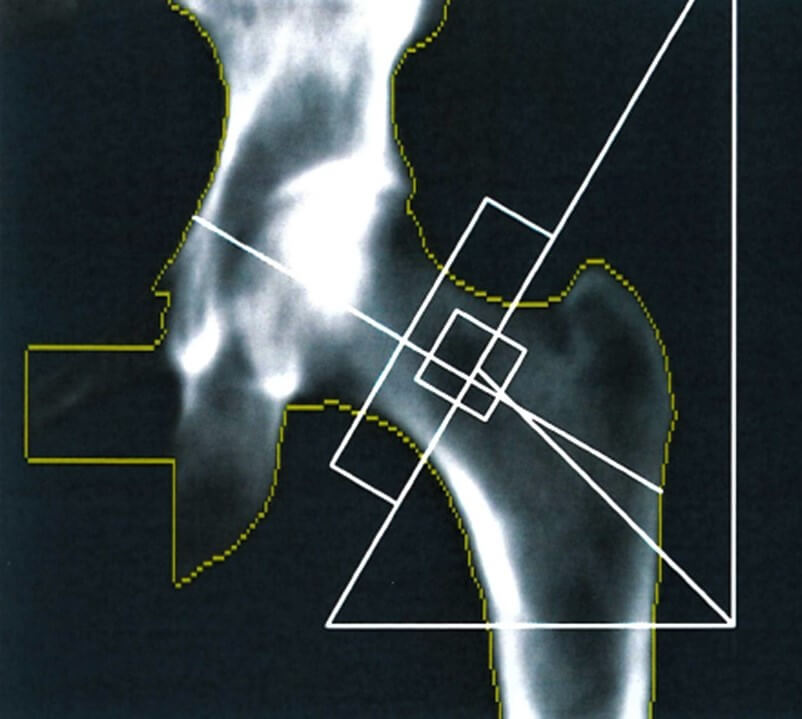DXA quality
We work with NHS colleagues to support best practice for quality DXA scans.
DXA scans are an integral part of diagnosis and management of osteoporosis and, importantly, support refinements of fracture risk assessments. Because of the nature of x-rays used in measuring bone density with DXA scanners, there are inherent 'precision errors' which can be magnified by poor clinical practice. It is therefore essential to minimise these errors through, quality training of operators and reporters, robust protocols and standard operating procedures, and through routine evaluation and clinical audit.
Additionally, DXA scans are regulated under the Ionising Radiation (Medical Exposure) Regulations 2017 (IR(ME)R) and therefore the quality of scans must be assured through clinical governance and audit processes which include the scan acquisition and analysis technique, and reporting of DXA (clinical evaluation) so that each DXA exposure is justified and optimised under IR(ME)R- and is of clinical value to the patient.
To better support you in delivering a quality assured, safe and effective DXA service we have published a suite of tools covering clinical quality, scan prioritisation and audit.
 Search
Search
 Login
Login



